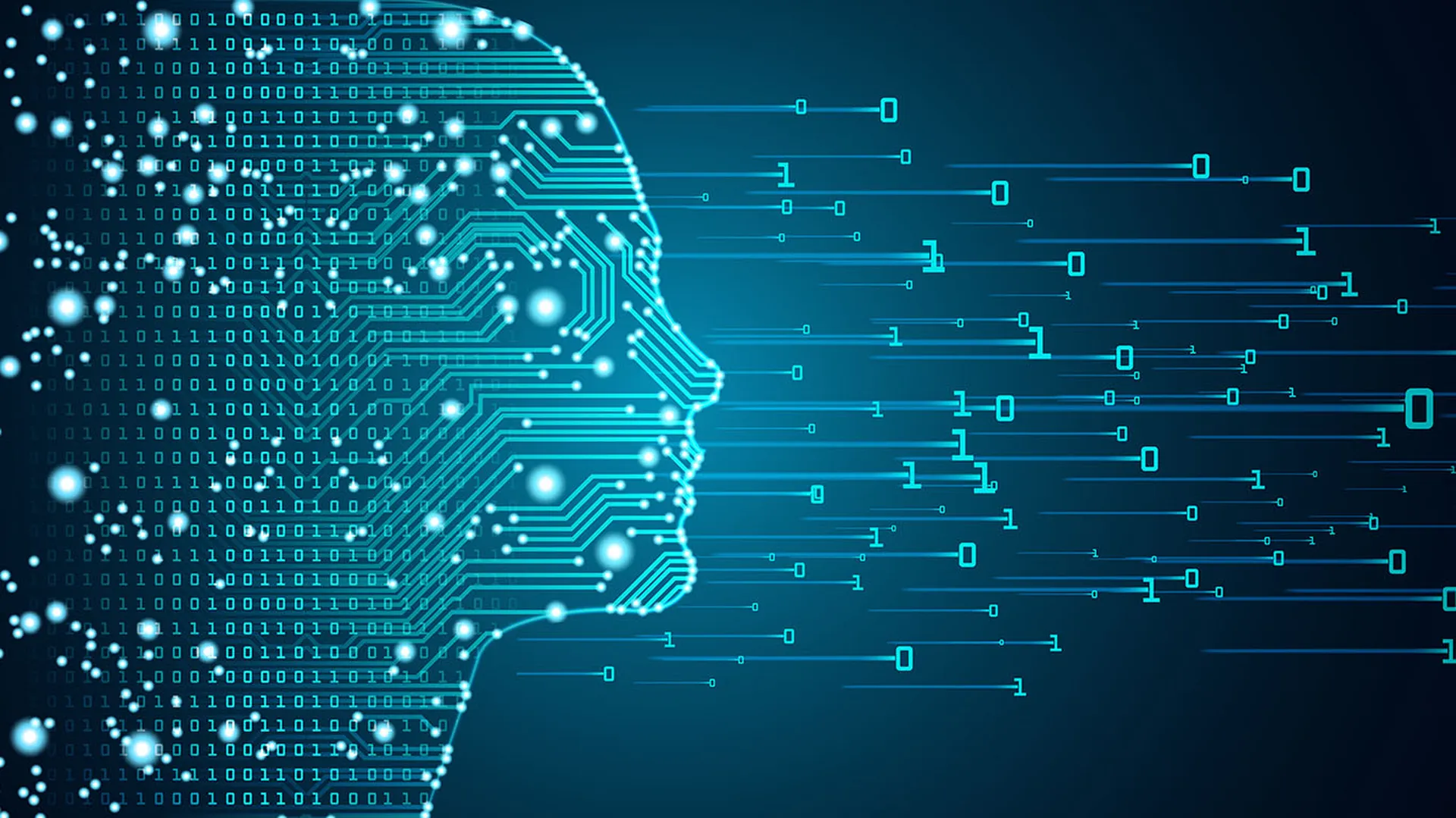
The intersection of artificial intelligence (AI) and identity and access Management (IAM) has reshaped how organizations approach cybersecurity and authentication of humans and machines. By leveraging AI within IAM, businesses can enhance security measures, especially around data risks, optimize user experiences, and proactively respond to dynamic threats. Moreover, integrating AI into IAM promises to enhance productivity and assist in decision-making. However, this fusion presents both significant advantages and complex challenges that require careful consideration.
Why we need AI in AIM
The traditional methods of IAM that rely on static rules and predefined policies struggle to keep pace with the complexity and scale of modern IT and cloud environments. As organizations embrace cloud computing, mobile devices, BYOD and IoT (Internet of Things) technologies, the industry needs a more adaptive and intelligent approach to access management.
AI brings a new level of sophistication to IAM by incorporating machine learning algorithms that can analyze vast amounts of data, create dynamic baselines, and detect patterns that may indicate potential security risks. This real-time analysis lets teams conduct proactive threat detection and response, mitigating security breaches before they escalate.
Moreover, AI-powered IAM systems can adapt to evolving user behaviors and access patterns, strengthening security while minimizing friction for legitimate users. This adaptability has become crucial for dynamic environments where traditional rule-based systems are often too rigid to accommodate rapid changes. Here are some of the advantages of using AI in IAM:
- Enhanced Analytics: AI-driven analytics empower IAM systems to sift through immense volumes of data, including user activity logs, system events, application behavior and contextual information. By identifying anomalies and correlating seemingly unrelated data points, AI can pinpoint potential threats and security incidents more effectively than manual monitoring.
- Adaptive Security Controls: AI lets IAM systems implement adaptive access controls that dynamically adjust based on contextual factors such as user profile, application behavior, time, location and other parameters. In addition, it can correlate security findings from different layers like application, data, and the code network. This contextual awareness lets organizations enforce stricter security measures when needed, reducing the risk of unauthorized access.
- Improved User Productivity: The industry typically associates IAM with security and infrastructure pros. When security event detection gets expedited and relevant mitigation steps are automatically generated based on contextual cues, teams can collaborate seamlessly and remediate issues with confidence. These technologies streamline access procedures while upholding stringent security protocols, ultimately enhancing productivity and user satisfaction.
The challenges ahead
Despite many promising benefits, integrating AI into IAM poses several challenges and potential pitfalls that organizations must address:
- Privacy concerns: AI-powered IAM systems rely heavily on data collection and analysis, raising concerns about data privacy and security. Organizations must implement robust data protection measures and adhere to regulatory frameworks to safeguard sensitive information and prevent supply chain incidents.
- Bias and fairness: AI algorithms can inadvertently perpetuate biases present in training data, leading to discriminatory outcomes in access decisions. It’s essential to ensure transparency in AI models to mitigate ethical risks and promote accuracy.
- Cybersecurity risks: AI can become a target for cyberattacks, including adversarial attacks aimed at exploiting vulnerabilities in AI models. Organizations must implement robust cybersecurity measures to protect AI-powered IAM systems from exploitation.
- Over-reliance on AI automation: While AI augments IAM capabilities, organizations must avoid over-reliance on automation. Human oversight is essential to interpret AI outputs, validate decisions, and intervene when necessary to prevent unintended consequences.
- Need for continuous professional edvelopment: As AI technologies evolve rapidly, there’s a risk of AI-powered IAM systems becoming a "black box" where decisions are made without full understanding by human operators. It’s crucial for IAM and security professionals to continually update and expand their knowledge in their professional domains. This ensures that they can effectively interpret AI-generated insights, identify potential biases or errors, and maintain transparency in IAM operations. In addition, the AI product has some downtime, but they could still perform their jobs. By investing in ongoing professional development, organizations can harness the benefits of AI while mitigating the risks associated with opacity and algorithmic complexity.
- Ethical Implications: Deploying AI in IAM requires careful consideration of ethical guidelines, regulatory compliance, and accountability. The security industry compares to healthcare or automotive in that sense. Organizations must prioritize ethical AI practices, transparency, and fairness to build trust with users and stakeholders.
The convergence of AI and IAM presents unprecedented opportunities to strengthen cybersecurity, optimize security productivity, and enhance organizational resilience. By harnessing AI for analytics and adaptive security controls, IAM systems can become more agile, intelligent, and responsive to evolving threats.
However, successful integration requires a balanced approach that addresses privacy concerns, mitigates biases in AI models, and navigates ethical considerations. Organizations must prioritize transparency, accountability, and collaboration to leverage AI responsibly within IAM frameworks.
In navigating these challenges and synergies, organizations can unlock the full potential of AI-powered IAM to safeguard digital assets, protect human and non-human identities, and build a secure foundation for future innovation. By embracing AI as a strategic ally in cybersecurity, businesses can stay ahead of threats and drive sustainable growth in the digital era.
Shira Shamban, co-founder and CEO, Solvo




